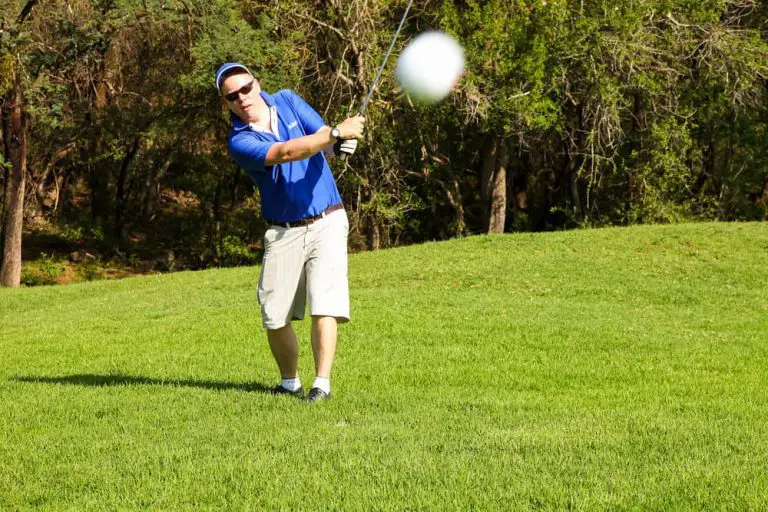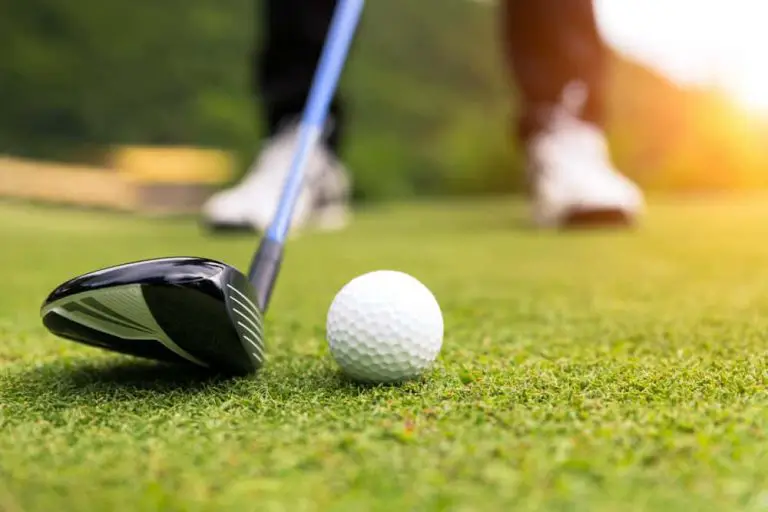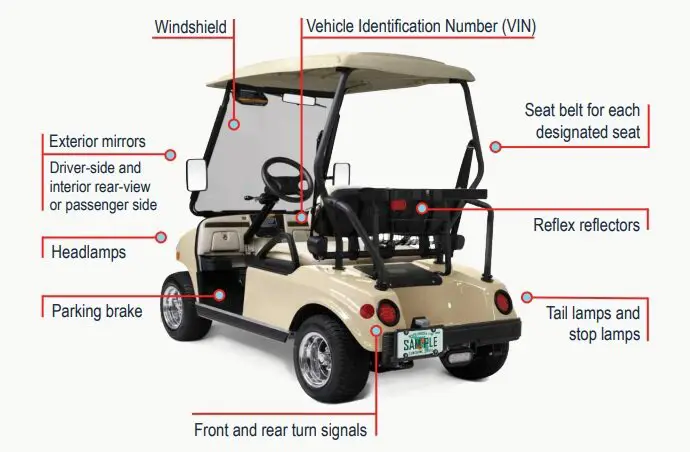How to Determine the Correct Putter Length to Use
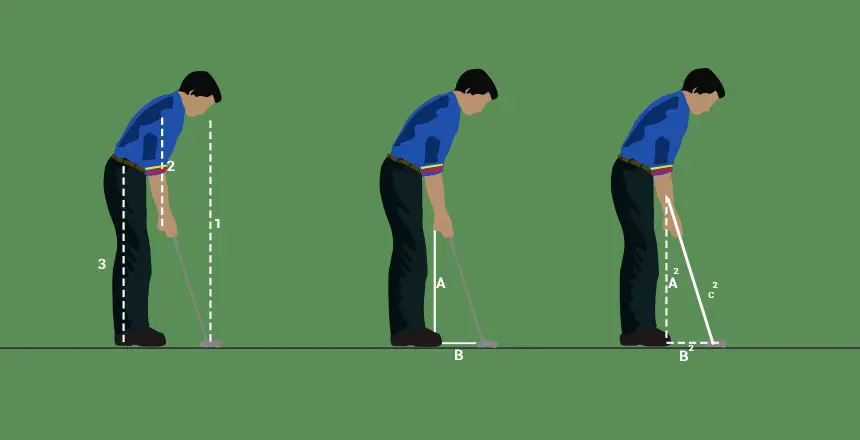
When it comes to putting in golf, precision and accuracy are paramount. Every stroke on the green requires a delicate touch and proper alignment, and having the right equipment is crucial. One often overlooked aspect of putting is the length of the putter. The correct putter length can greatly influence your stance, posture, and ultimately, your ability to sink putts consistently. In this comprehensive guide, we will explore the essential steps to determine the correct putter length to use and enhance your performance on the greens.
Understanding the importance of putter length and its impact on your stroke mechanics is the first step towards mastering your putting game. We will delve into the factors that influence putter length, such as golfer’s height, setup, and stroke characteristics. By considering these factors and employing proper measuring techniques, you will be equipped to determine the optimal putter length tailored to your unique needs.
Throughout this guide, we will provide practical tips, actionable advice, and insights from golf professionals to assist you in selecting the correct putter length. Whether you are a beginner looking to establish the fundamentals or an experienced golfer seeking to fine-tune your equipment, this guide will help you make informed decisions and improve your putting performance.
So, let’s embark on a journey to discover the secrets of determining the correct putter length and unlock your potential on the greens.
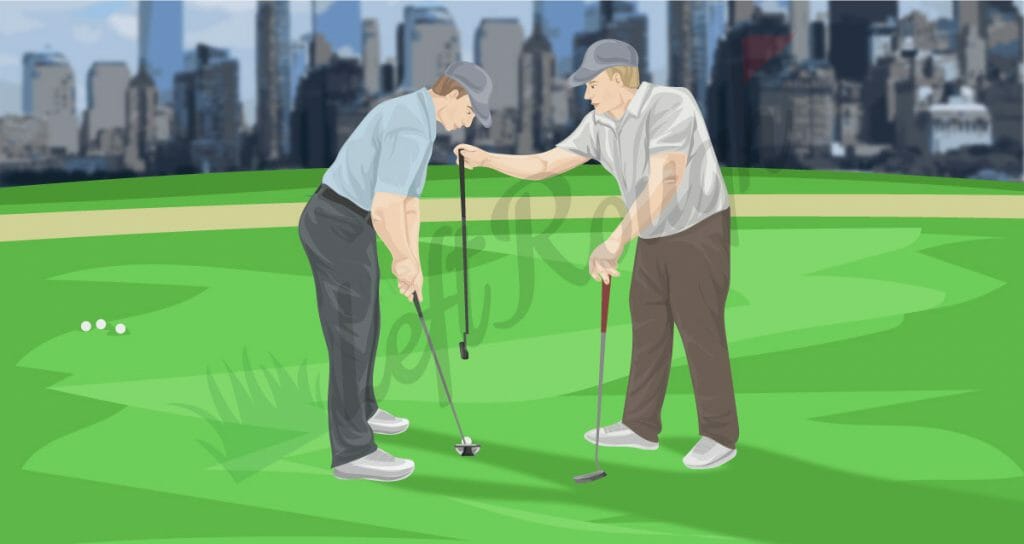
Understanding Putter Length in Golf
Before diving into the process of determining the correct putter length, let’s start by understanding what putter length represents in the context of golf. Putter length refers to the measurement from the top of the putter grip to the sole of the putterhead. It plays a crucial role in establishing the proper setup and posture for consistent and effective putting strokes.
The relationship between putter length and putting technique is vital. A putter that is too long or too short can lead to posture issues, misalignment, and an inconsistent stroke path. Finding the correct putter length for your body and putting style is crucial for optimal performance on the greens.
Factors Influencing Putter Length
Several factors come into play when determining the correct putter length for an individual golfer. Understanding these factors will help you make a more informed decision. Here are the key factors to consider:
Golfer’s Height and Body Type
One of the primary considerations when determining putter length is the golfer’s height and body type. Taller golfers generally require longer putters to ensure a comfortable and natural setup posture. Conversely, shorter golfers may benefit from shorter putters to maintain proper alignment and posture during the putting stroke.
Putting Setup and Posture
The golfer’s putting setup and posture also have a significant impact on the ideal putter length. The way you position your body and align yourself to the target affects the length that best suits your stroke. Factors such as the amount of knee bend, the angle of your upper body, and the position of your eyes over the ball can influence the optimal putter length for your stroke mechanics.
Putting Stroke Characteristics
Individual putting stroke characteristics also play a role in determining the correct putter length. Golfers with a straight back-straight through stroke may have different putter length requirements compared to those with an arcing stroke. Understanding the type of stroke you have will help guide your decision-making process when selecting the appropriate putter length.
Measuring Putter Length
To determine the correct putter length, you need accurate measurements and a systematic approach. Here’s a step-by-step guide to measuring putter length:
Proper Setup for Putter Length Measurement
Before taking measurements, assume your regular putting setup and posture. Stand naturally with your eyes directly over the golf ball, ensuring that your arms hang freely.
Measuring Putter Length Using a Measuring Tape or Putter Fitting Device
Use a measuring tape or a dedicated putter fitting device to measure the distance from the top of the putter grip to the sole of the putterhead. Make sure the measuring device is aligned parallel to the target line.
Determining the Appropriate Length Based on Measurements
Once you have the measurements, compare them to standard putter lengths and consider the factors discussed earlier, such as height, body type, and stroke characteristics. This comparison will provide a starting point for determining the correct putter length for your game.
Determining the Correct Putter Length
With the measurements in hand, it’s time to determine the correct putter length for your stroke. Consider the following factors:
Addressing Golfer’s Height and Body Type
Take into account your height and body type when selecting the appropriate putter length. Taller golfers generally benefit from longer putters to ensure a more comfortable and natural setup posture. Conversely, shorter golfers may find shorter putters more suitable to maintain proper alignment and posture throughout the stroke. Consider the following guidelines:
- Tall Golfers and Longer Putter Lengths: If you are taller than average, typically over 6 feet, a longer putter may be necessary to accommodate your height. A longer putter helps you maintain proper posture and avoid excessive bending at the waist. It allows your arms to hang naturally, promoting a smoother and more consistent putting stroke.
- Shorter Golfers and Shorter Putter Lengths: If you are shorter in stature, typically under 5 feet 8 inches, a shorter putter may be more suitable for your setup. A shorter putter ensures that your arms are not overly extended, helping you maintain proper alignment and posture. It allows for a more comfortable and controlled stroke.
Assessing Putting Setup and Posture
Evaluate your putting setup and posture to determine the optimal putter length for your stroke. The way you position your body, the amount of knee bend, and the angle of your upper body can influence the ideal putter length. Consider the following recommendations:
- Bent-over Posture and Longer Putter Lengths: If you have a more pronounced forward bend at the waist, often referred to as a bent-over posture, a longer putter may be appropriate. The added length helps you maintain a comfortable position throughout the stroke, promoting better control and consistency.
- More Upright Posture and Shorter Putter Lengths: If you prefer a more upright putting posture with less forward bending, a shorter putter may be preferable. The shorter length allows you to maintain a more natural position and alignment, aiding in a smoother and more accurate stroke.
Analyzing Putting Stroke Characteristics
Consider your putting stroke characteristics to determine the optimal putter length for your stroke mechanics. Different stroke types may benefit from specific putter lengths. Take the following into account:
- Straight Back-Straight Through Stroke and Putter Length: Golfers with a straight back-straight through putting stroke, where the putter moves directly along the target line, may require different putter lengths based on their height and setup. Experiment with different putter lengths to find the one that promotes a fluid and on-plane stroke.
- Arc Putting Stroke and Putter Length Considerations: Golfers with an arc putting stroke, where the putter moves on an inside-to-square-to-inside path, may have different putter length preferences. A longer putter can accommodate a larger arc, while a shorter putter allows for a more compact stroke. Experiment with various lengths to find the one that enhances your stroke’s consistency and accuracy.
Fine-Tuning Putter Length
Determining the correct putter length is not a one-size-fits-all process. Fine-tuning is often necessary to achieve optimal performance. Consider the following steps:
Testing and Validation
Take your putter with the determined length to the practice green and test it under real putting conditions. Pay attention to how comfortable and consistent your stroke feels with the chosen length. Assess the distance control, accuracy, and overall confidence in your putting.
Making Adjustments for Personal Preferences
Personal preferences play a crucial role in selecting the right putter length. Factors such as grip preferences, head weight, and balance can influence your overall feel and performance. Experiment with different putter lengths within a reasonable range to find the one that suits your stroke and preferences best.
Seeking Professional Assistance for Putter Fitting
For a more precise assessment and fitting, consider consulting with a professional club fitter or golf instructor. They have the expertise and specialized tools to analyze your putting stroke, body dynamics, and personal preferences. A professional fitting can provide valuable insights and recommendations tailored to your specific needs, ensuring the correct putter length for optimal performance.
Putter Length Maintenance
Once you have determined the correct putter length and fine-tuned it to your liking, it’s important to maintain its performance over time. Consider the following aspects for putter length maintenance:
Regular Evaluation and Reassessment
As your game evolves and changes, periodically evaluate your putting stroke and overall performance. Monitor any changes in your technique, physical characteristics, or preferences that may warrant a reassessment of your putter length. Schedule regular check-ups with a professional fitter or instructor to ensure your equipment remains optimized for your game.
DIY Putter Length Checks
In between professional check-ups, you can perform simple checks at home to assess your putter length. Self-assess your comfort and consistency with the putter length you have been using. Pay attention to any signs of discomfort, inconsistency in alignment or stroke, or changes in your putting performance. These indicators may suggest the need for a putter length adjustment.
Conclusion
Determining the correct putter length is crucial for optimizing your putting performance on the greens. By considering factors such as golfer’s height, body type, setup, posture, and stroke characteristics, you can make informed decisions about the appropriate putter length for your game. Remember to experiment, test, and fine-tune to find the length that promotes a comfortable, consistent, and confident putting stroke.
Whether you seek professional assistance or conduct your own evaluations, the journey to finding the correct putter length is an essential step towards improving your putting game. So take the time to analyze, measure, and adjust your putter length, and witness the positive impact it can have on your ability to sink more putts and lower your scores on the golf course.


